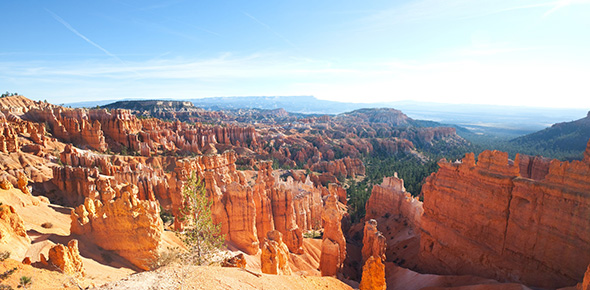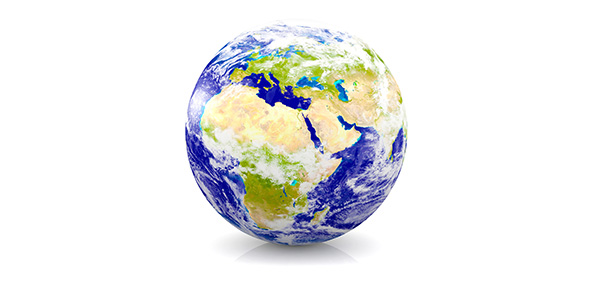Related Flashcards
Cards In This Set
| Front | Back |
|
Barometer
|
An instrument used for measuring atmospheric pressure.
|
|
Isobar
|
A line connecting points of equal atmospheric pressure
|
|
Millibar
|
Mb - a unit of atmospheric pressure indicated by a barometer.
|
|
Pressure gradient
|
As known as barometric gradient the amount of change in atmospheric pressure between two points. -is indicated by ISO
|
|
Wind
|
Air in motion (duh)
|
|
Anemometer
|
An instrument for measuring and recording the strength and direction of wind.
|
|
Chinook
|
A warm dry, southwest wind, which blows down the eastern side of the rocky mountains. It usually occurs suddenly, accompanied by a rapid rise in temperature.
|
|
Foehn
|
warm dry wind blowing down the side of a mountain
|
|
Monsoon
|
The winds that blow with considerable regularity at definite seasons of the year due to the seasonal reversal of pressure over land masses and their neighboring oceans. (winds in the Arabian sea.)
|
|
Coriolis effect
|
The effect of the force produced by the earth's rotation on a body moving on tis surface. The body is deflected to the right of the path of movement in the northern hemisphere, to the left in the southern.
|
|
Trade winds
|
A constant wind that blows from the tropical high pressure blets towards the equatorial low in the northern and southern hemisphere.
|
|
Westerlies
|
Wind which blows frequently from the subtropical high pressure area to the temperate low pressure area.
|
|
Polar easterlies
|
are the dry, cold prevailing winds that blow from the high-pressure areas of the polar highs at the north and south poles towards low-pressure areas within the Westerlies at high latitudes.
|
|
Doldrums
|
The region of small pressure gradient, the belt of calms with high humidity and high temperatures occurring near the equator.
|
|
Polar Front
|
The front where the polar maritime and tropical maritime meet, over the North Pacific and North Atlantic oceans.
|






